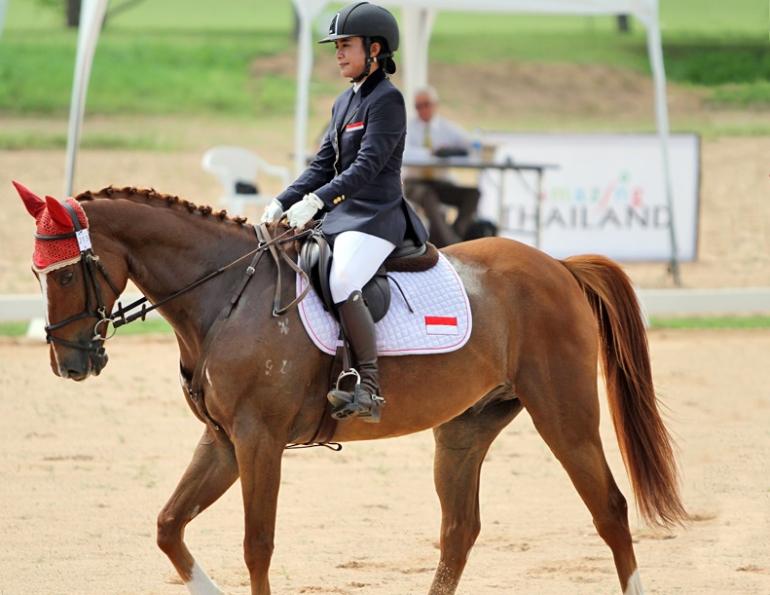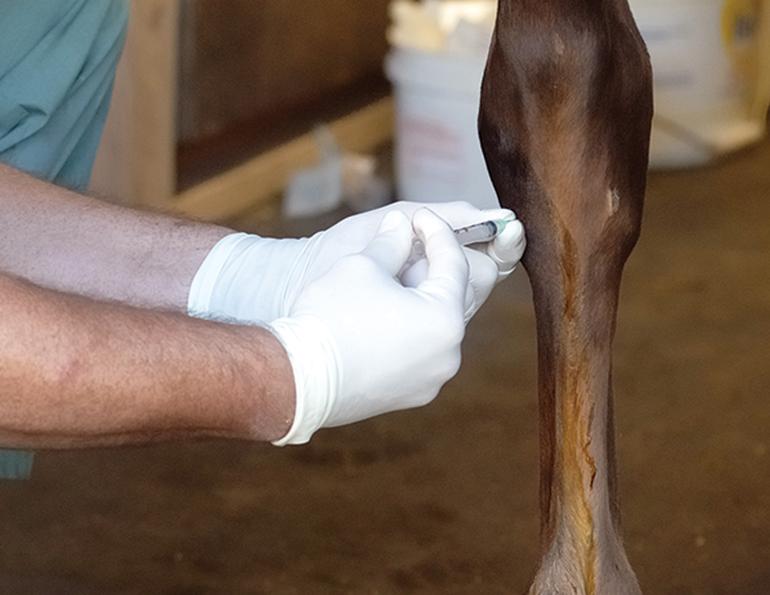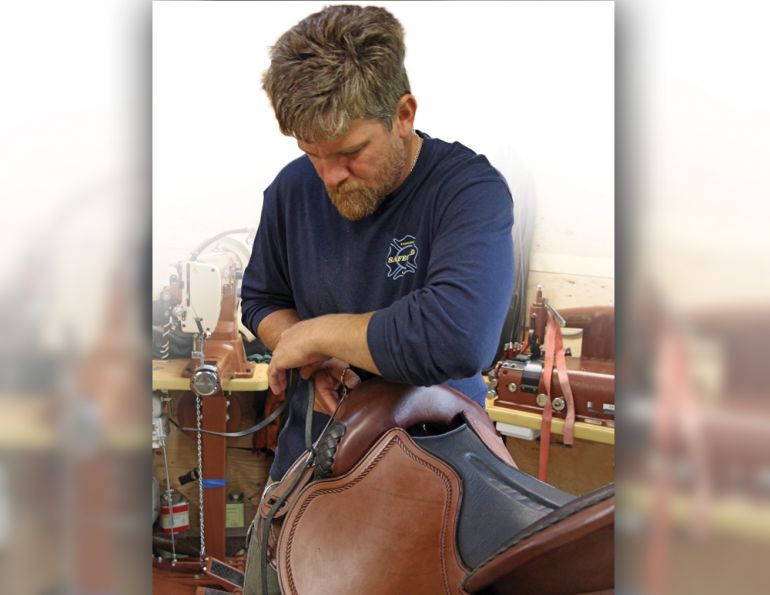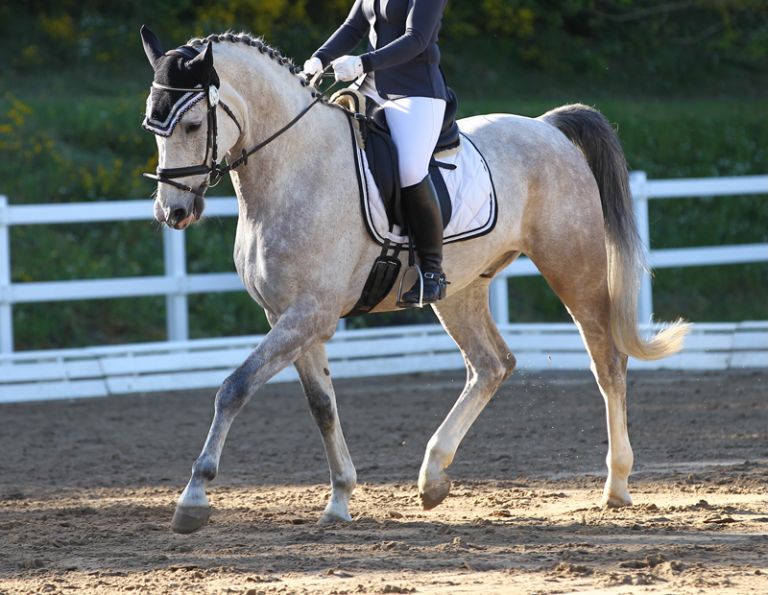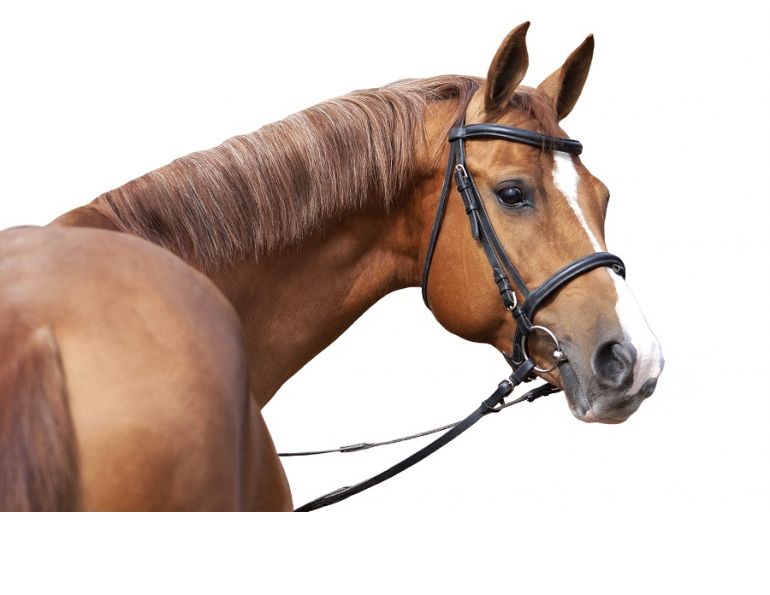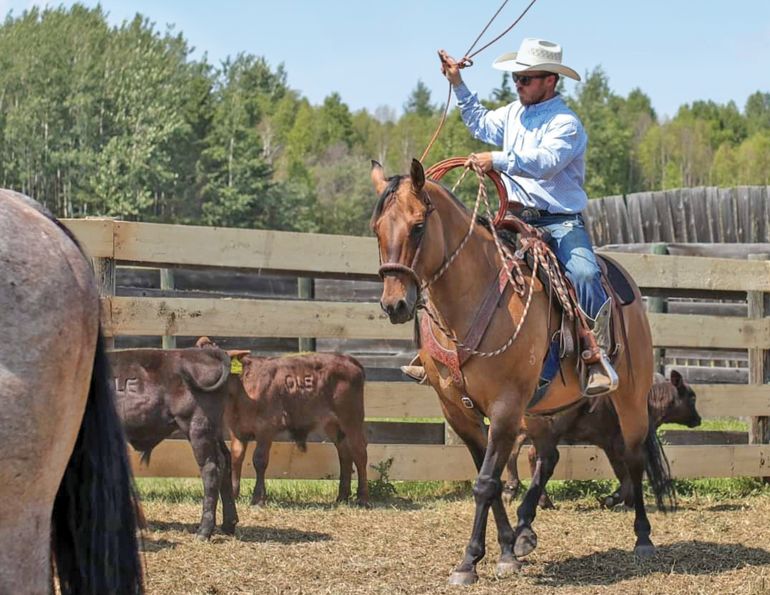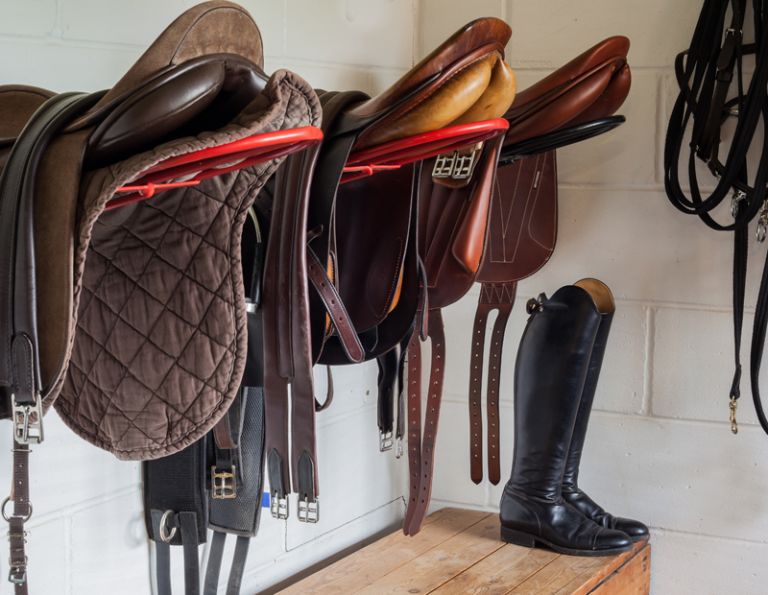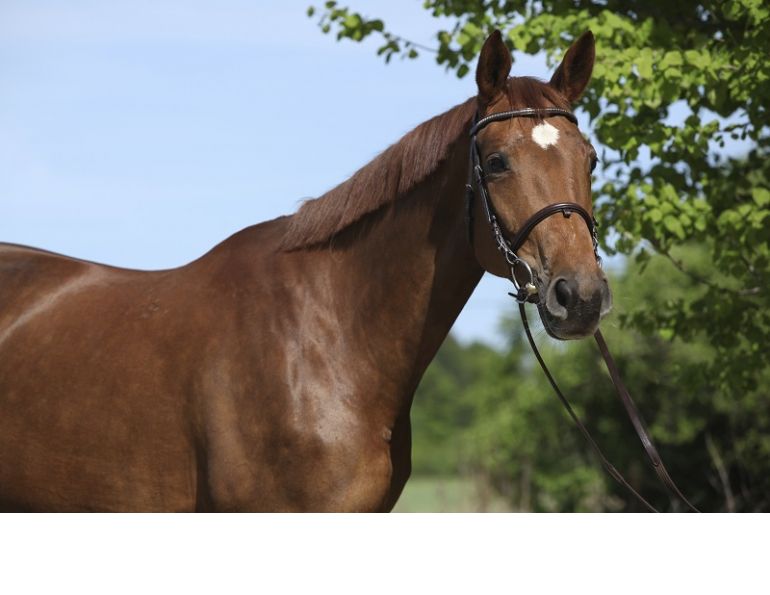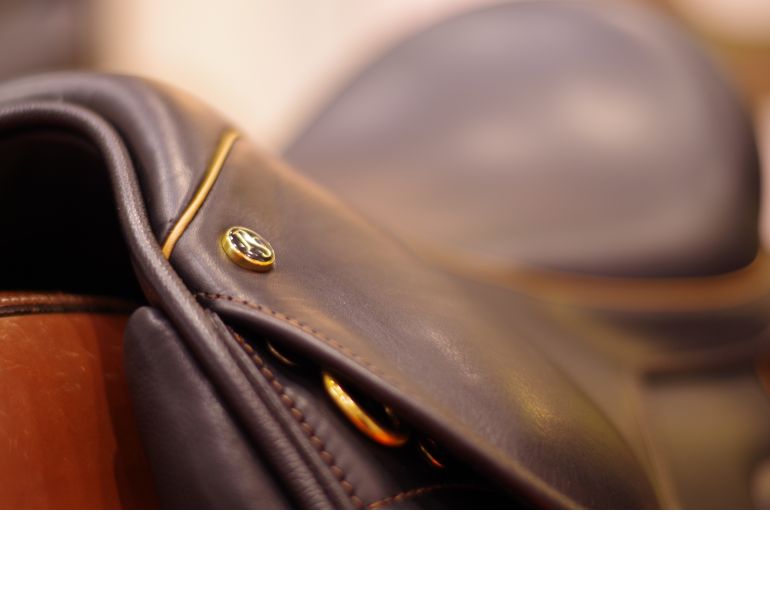By Jochen Schleese, CMS, Equine Ergonomist
Shorter riders need specific changes in saddle design and fit to accommodate their body types. As obvious as it may seem, just shortening the flap will not create a better saddle fit for someone who is of smaller stature. When the knee roll or the leg support of the saddle hits the knee, it can turn the leg out from the horse, making it difficult to keep the lower and upper inner leg against the horse.
A saddle with a narrower twist is usually the first step in ensuring fit for a shorter rider. The twist is very often misunderstood. Twist is an arbitrary designation; what is crucial is the area on the saddle it refers to, which must be considered when fitting a saddle.
People often think it is in the crotch area, however, the twist is actually that part of the saddle that is felt between the rider’s upper, inner thighs. A wide twist under a short rider results in more leg away from the horse, and the rider will sit as if on a barrel, unable to get her leg on the horse. Women are usually much better off with a narrow twist regardless of their height because of the way their pelvises are shaped.
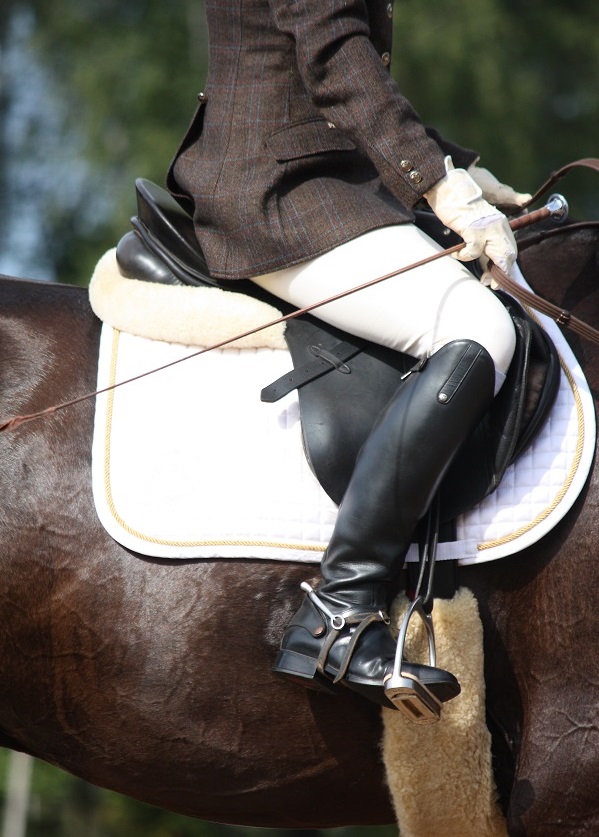
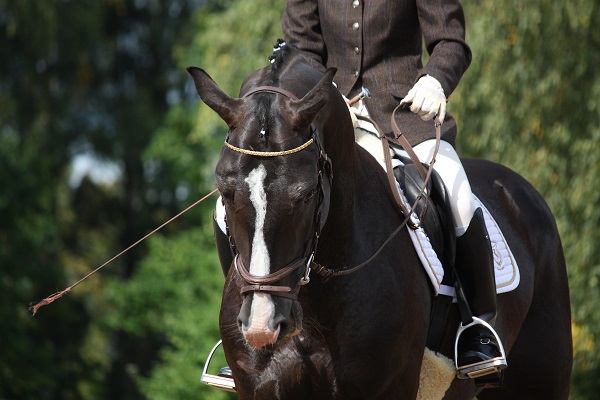
The short rider needs a narrower twist (the area of the saddle located between the rider’s upper inner thighs), a medium to wide waist (the area of the saddle that lies directly under the crotch area), and a wide seat (the widest part in the back of the saddle) for comfort. She does not necessarily need a small seat size, as seat size is determined by the circumference of the rider’s hips and upper leg, and the length of the horse’s back and belly are also taken into consideration. Photos: ©Shutterstock.com/Anastasija Popova
The twist has nothing to do with the horse. You can have a very narrow twist on a saddle for a very wide horse and vice versa. The rider’s upper thigh lies against the stirrup-bar area, which is actually far away from the horse. So the tree width (measured at the gullet area of the pommel) is for the horse, while the twist is for the rider.
Next, a short rider needs a medium to wide waist on her saddle. The waist lies directly underneath the crotch area where seams hold four areas together and are quite bulky. A medium to wide waist ensures that a short-legged rider will not be rubbed or bruised. Since the female pelvis is tilted somewhat more forward than the male pelvis, a narrow waist could hit the pubic symphysis and cause pain.
A wide seat - the widest part in the back of the saddle – will give a short rider more comfort. In general, women are better off with a wider seat width as a rule because their seat bones are wider apart than men’s. A saddle with a half panel, instead of a full panel on the underside of the saddle, reduces layers and stuffing between the rider and horse. The half panel helps a short-legged rider get more control with her lower leg and upper, inner leg, especially when riding horses with wide barrels.
A saddle’s seat size also depends on the size of the horse. Being short-legged doesn’t necessarily mean that you need a small seat size. There are small, slim women who ride in 18.5-inch saddles. Seat size depends on the circumference of the rider’s hips and upper leg. It can also depend partially on the length of the horse’s back and belly. Discussing seat size is a completely different topic, which also concerns the pommel (cut-back, quarter-cut-back, or not) as well as tree width.
If you are a short-legged rider, choose a saddle with a narrow twist, a medium to wide waist, a wide seat, and a half panel, in addition to a shorter flap. Consider using a professional saddle fitter to help you find the right saddle that not only fits you, but also fits your horse. The pommel has nothing to do with the rider; it’s designed to accommodate the horse’s withers. There are several areas of tree width you can consider, but again, most of these have to do with fitting the horse, not the rider.
Just remember that it is extremely important that you, the rider, are comfortable in your saddle; otherwise – no matter how well the saddle fits the horse, he will never perform to his optimum potential because your discomfort will translate down through the saddle to your horse.
Main photo: ©Shutterstock.com/Pal2iyawit



